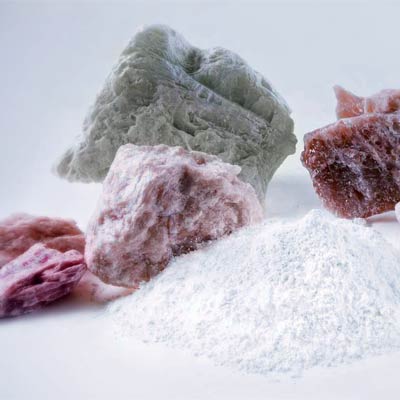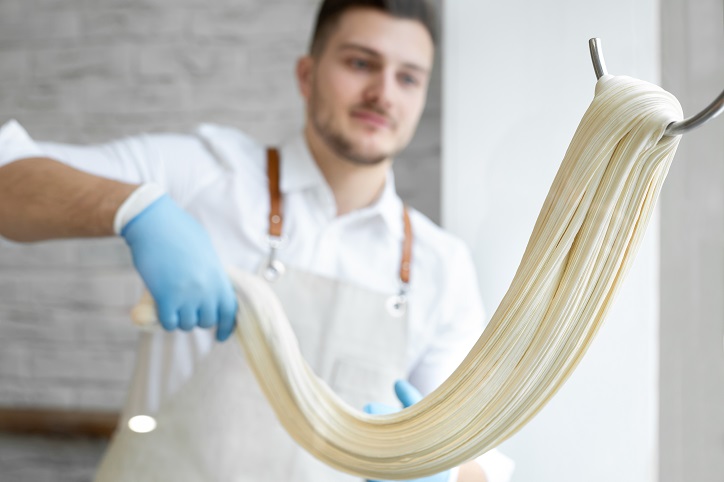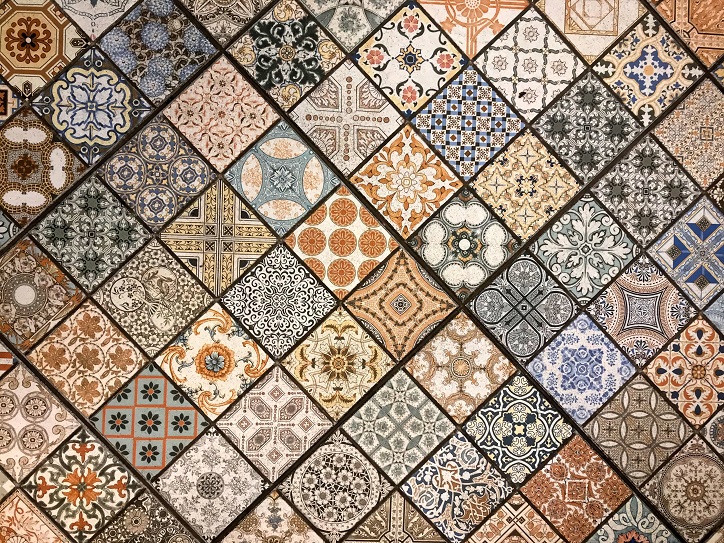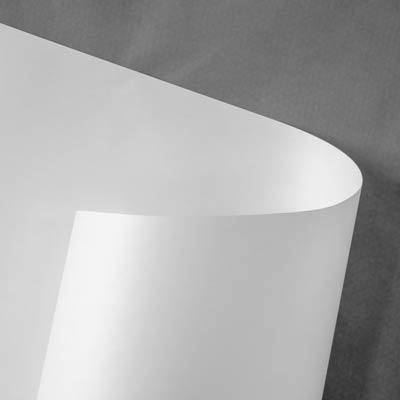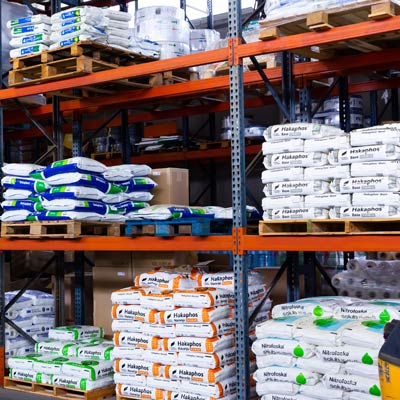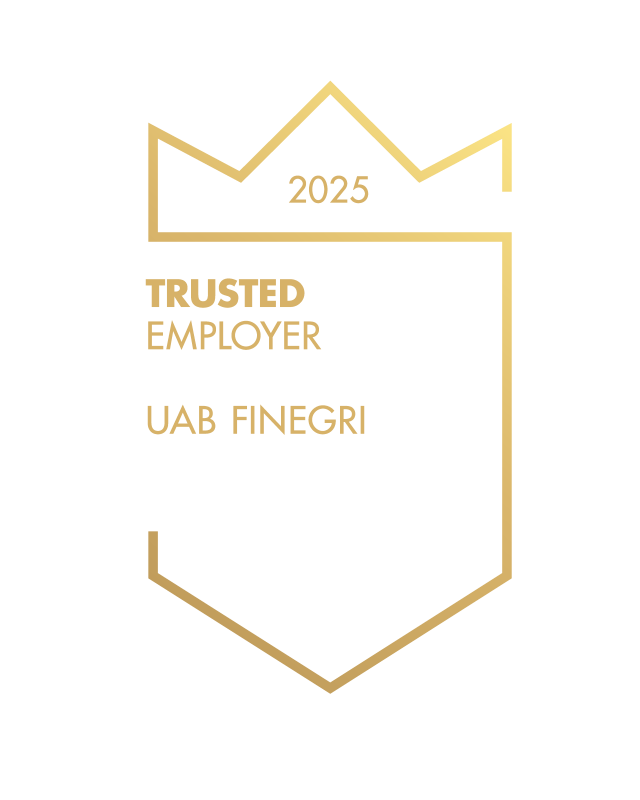Standardized Life-Cycle-Assessment methodology
Based on a standardized Life-Cycle Assessment methodology including cradle-to-grave reviews, the SustainAgility™ Solutions method provides us with a better understanding of the environmental footprint of our products at all stages of their life cycles as well as a strong framework for providing customers with reliable and specific data.
The assessment scores our products and services on two factors:
- Sustainable value creation – the balance between the economic value created and the environmental damage involved in mining and manufacturing our products.
- Sustainable value creation – the balance between the economic value created and the environmental damage involved in mining and manufacturing our products.
- Market alignment – the level of sustainability-related benefits or challenges (interdisciplinary assessment based on an evaluation of public communication and feedback from key stakeholders).


